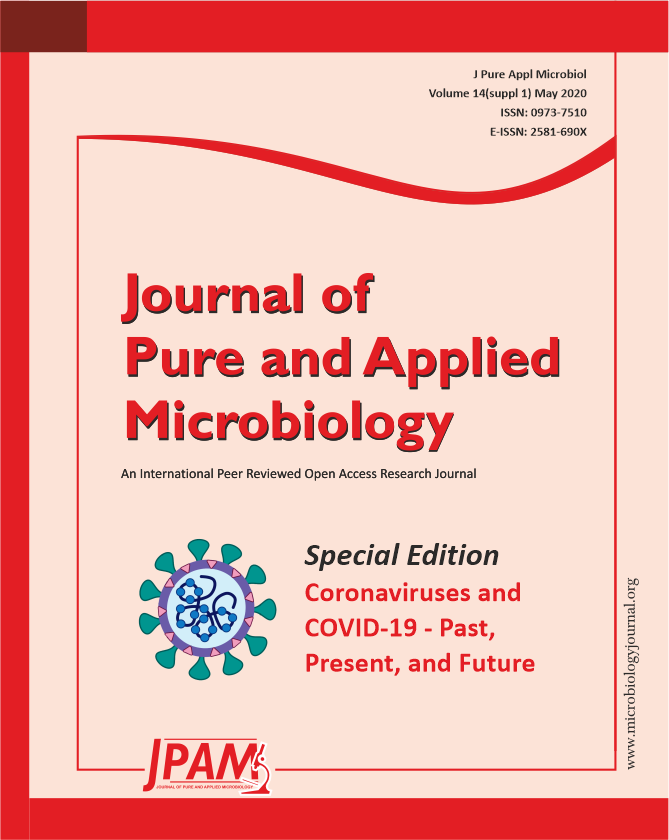With the growing evidence of cases and studies showing natural and experimental infection due to SARS-CoV-2 in felines, including cats, lion, and tigers, there is also an increasing concern about its susceptibility and their role in urban cycles of SARS-CoV-2 transmission, initially from humans-to-animals, but with uncertainty about reverse transmission. In this review, we addressed the evidence around this situation.
SARS-CoV-2, COVID-19, Animals, Feline, Anthropozoonotic, Pandemic
© The Author(s) 2020. Open Access. This article is distributed under the terms of the Creative Commons Attribution 4.0 International License which permits unrestricted use, sharing, distribution, and reproduction in any medium, provided you give appropriate credit to the original author(s) and the source, provide a link to the Creative Commons license, and indicate if changes were made.


